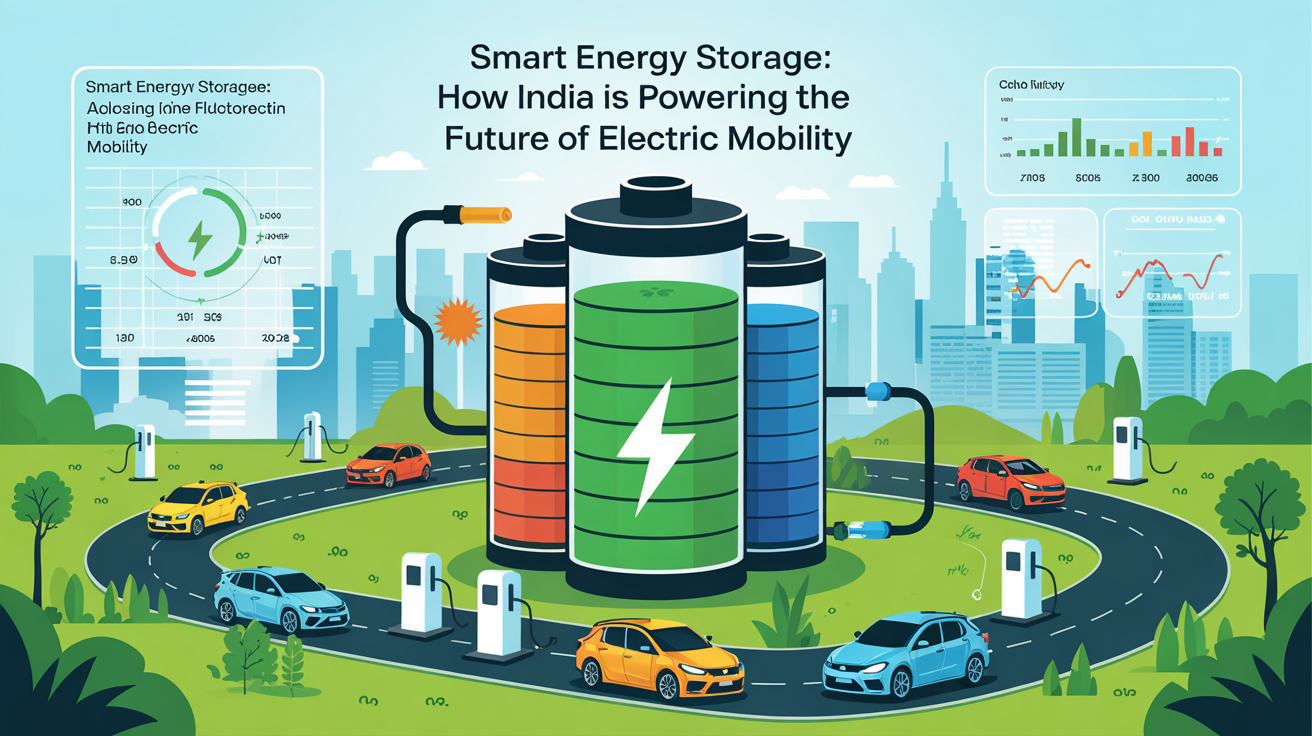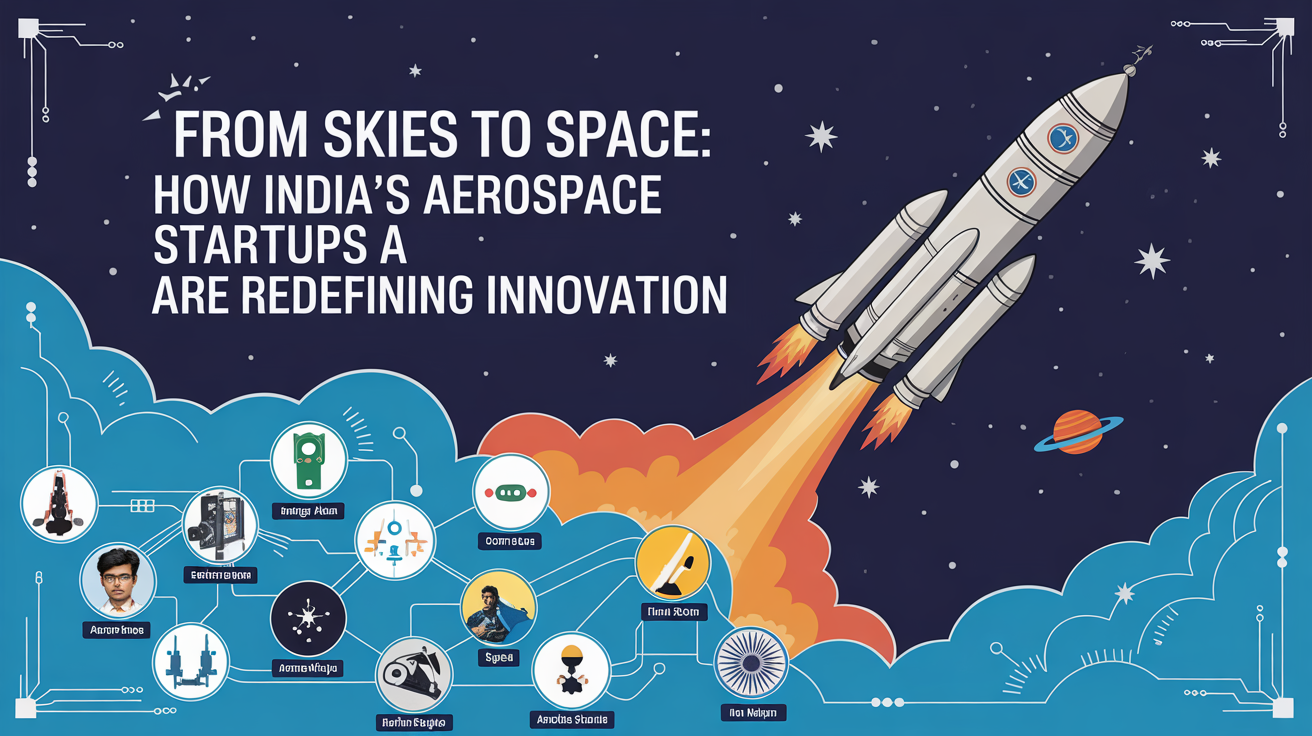The journey of clean-car mobility in India is now at full throttle; electric mobility is not regarded merely as an idea but is transforming into a reality at a rapid pace. In this key transformation, the innovation that lies behind is smart energy storage systems. Let us discover how India has utilized smart energy for the future of electric transport.
The Necessity Of Smart Energy Storage For Electric Mobility
Electric mobility is entirely dependent on batteries, without which there would not be an electric vehicle. Moreover, whereas conventional vehicles run on fuel that can easily be found at several service stations, electric vehicles will require energy that has been stored and managed intelligently.
India still has limitations: the grid is limited in scope, charging is still rare, and batteries are still very expensive. It is against this background that smart energy storage comes.
Smart storage systems will have the features of:
Optimized energy utilization to enable the EV to achieve more on its range.
Faster and safer charging without stress to the electric grid.
Longer battery life because of the intelligent management of charging cycles.
An integration of renewable energy sources, such as solar and wind, with EV charging stations.
Making energy efficiency predictable has set the stage for the large-scale adoption of electric mobility by smart storage solutions.
Also read: The Rise of Electric Vehicles: Government Policies Fuelling the Change
India’s Initiation Towards Smart Energy Storage
The Indian government and the private sector appreciate the need for energy storage in the EV ecosystem. The fast advancement of the market can be attributed to several key initiatives and policies:
1. National Electric Mobility Mission
Launched in 2013, NEMMP stipulates promoting electric and hybrid vehicles with subsidies along with the development of associated infrastructure for energy storage technologies.
2. Faster Adoption and Manufacturing of Hybrid and Electric Vehicles
As far as FAME I and FAME II schemes are concerned, they offer incentives for evaluating EVs with requisite supporting infrastructure extending towards smart battery systems and charging stations.
3. Battery Manufacturing Push
India is investing a lot of money in the establishment of domestic gigafactories for lithium-ion and advanced battery technologies. This will not only help in reducing the reliance on imports but also boost the local technology landscape for smart storage solutions.
4. Renewable Energy Integration
With a very ambitious 2030 target of 500 GW of renewable energy capacity, India wants to blend clean power into the EV charging infrastructure. Smart storage helps to balance the variability of renewables.
Key Innovations in Smart Energy Storage in India
Smart energy storage isn’t just about bigger or cheaper batteries. It’s about making batteries smarter — capable of monitoring, adapting, and optimizing themselves. Some key innovations happening in India include:
1. Battery Management Systems (BMS)
Advanced BMS technologies are being developed to monitor battery health, temperature, voltage, and charging patterns in real-time. This ensures safety, longevity, and peak performance of EV batteries.
2. Swappable Battery Networks
Companies like Sun Mobility and others are working on battery swapping models where EV users can quickly swap discharged batteries for fully charged ones at designated stations.
Smart tracking and energy management make these networks efficient and user-friendly.
3. Second-Life Batteries
Used EV batteries that still have considerable capacity are being repurposed for stationary storage applications, reducing waste and maximizing value.
Smart energy management systems are crucial to assess and deploy second-life batteries safely.
Role of Startups and Indian Companies
The entire India’s vibrant start-up ecosystem is enabling and facilitating innovations around smart energy storage solutions.
Exide Industries and Amara Raja Batteries are taking strides in smart lithium-ion battery manufacturing.
Log9 Materials is developing fast-charging battery technologies that utilize advanced materials.
Electric scooter maker Ather Energy has provided its bikes with a smart battery management system for real-time monitoring and optimization.
Ola Electric aims to set up one of the world’s largest battery manufacturing plants dedicated to addressing smart energy storage solutions for its EVs.
Visit this Page for More Information: Start a Business in Electric Vehicle Industry
Challenges for India in Smart Energy Storage
Though much has been done on the ground, challenges persist:
Even by declining prices of batteries, smart batteries, such as those used to run EVs, are still relatively expensive for the mass market.
Despite the above, the absence of standardized practices in the battery-swapping, V2G, and BMS technologies has continued to make scaling difficult.
All improvements within the power grid should refer to India’s needs to adapt to the efficient management of bidirectional energy flows as well as EV-charging loads.
India is today importing its lithium, cobalt, and nickel-most of which are essential for battery manufactur, —and urgently needs local solutions for sourcing and recycling.
Addressing these is a key step toward realizing the affordability and broad availability of smart energy storage systems.
Outlook: Smart Energy Storage and India’s Green Dreams
The future does seem bright indeed. With investments, policies, and partnerships, there is a very good potential for India to become a global hub for smart energy storage innovations.
Some trends to watch include:
Solid-State Batteries: Providing higher energy density, faster charging speed, and significantly higher safety than any lithium-ion battery today.
AI and IoT Integration: Smart batteries powered by AI algorithms will perform better according to real-time data analysis.
Grid Decentralization: Mini-grids and local charging networks within communities will be possible thanks to localized renewable energy generation combined with smart storage.
Circular Economy Models: Recycling and second-life applications of batteries will become standard and will reduce the environmental burden. Identically, make in India and Self-Reliant India (Atmanirbhar Bharat) will support local manufacturing and research and talent development in smart energy storage technologies.
Conclusion
Silent engine of India’s electric mobility revolution. All make electric vehicles faster to charge, retain the energy longer, consume clean energy, and provide cost savings that make them not only viable but also superior in driving. Investments in smart energy solutions today are investments in a greener and more sustainable future for tomorrow. If smart energy storage systems continue at their current pace, then the dream of a fully electric India will come true.









